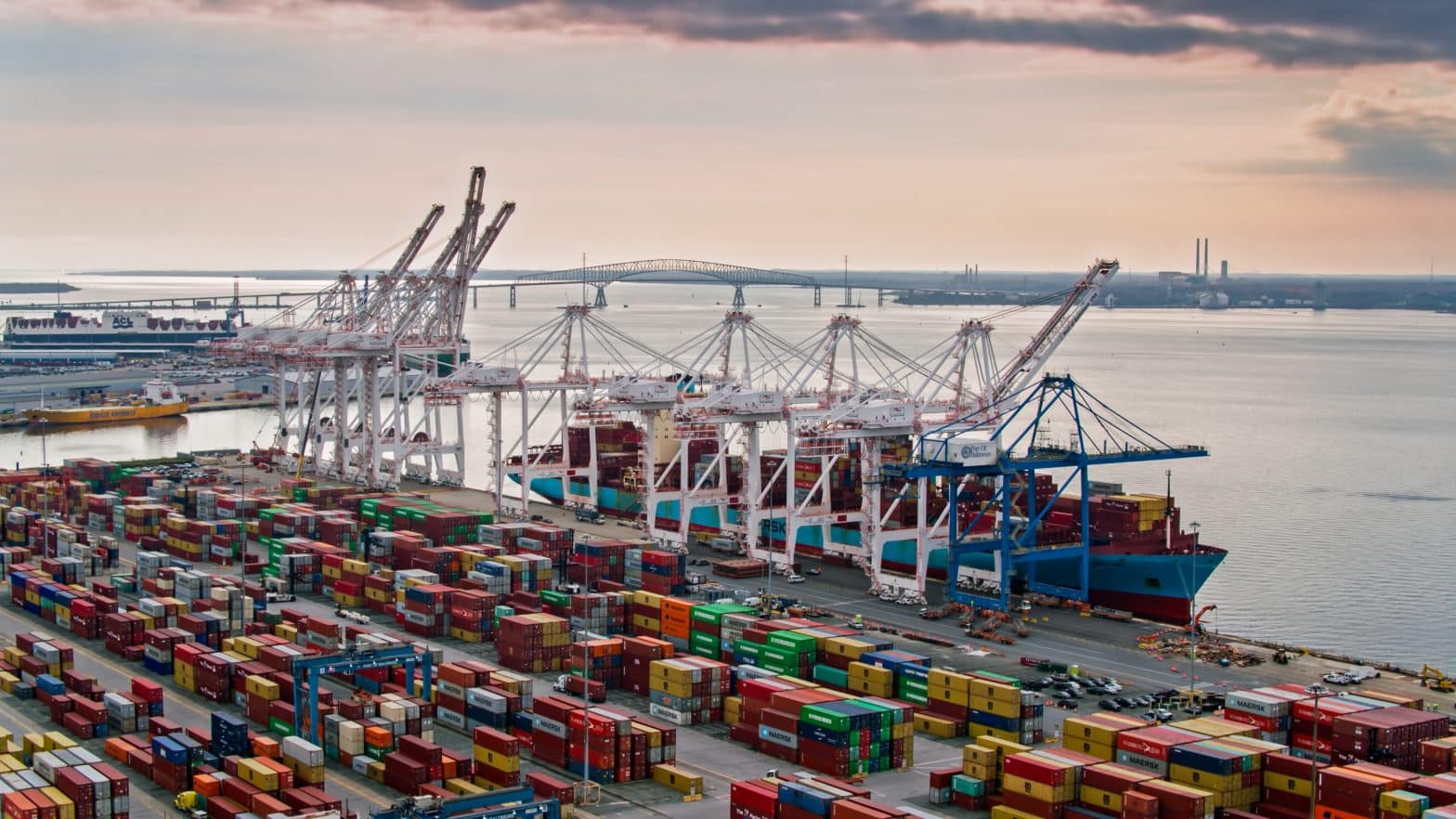Lloyd’s Chief Executive Officer John Neal sees a “complex and expensive” industry loss after a container ship crashed into a Baltimore bridge, and a marine insurer has outlined the structure of the investigation into the disaster.
Marine protection and indemnity insurer Britannia said the investigation into the container ship Dali’s collision with the Francis Scott Key bridge in Baltimore is being directed by a “unified command and joint information center” set up to coordinate responses and and to provide information. Investigators include the U.S. Coast Guard, Maryland Department of the Environment, Maryland Transportation Authority, Maryland State Police and Dali manager Synergy Marine.
“We can confirm that the Dali is entered with Britannia P&I Club,” Britannia said. “We are working closely with the vessel’s owner and manager
and the relevant U.S. authorities as part of the investigation into the casualty.”
Lloyd’s expects a “normal level” of loss for the Baltimore bridge collapse after being rammed by a container ship on March 26, which its CEO said show the value of insurance in such events. The good news is that the event is an insured loss, said Neal in a webinar. The vessel, the bridge and the port authority in Baltimore are insured, showing the value of insurance in a complex and expensive loss, he said.
“Each element of that claim will be dealt with by the insurer” aside from the subrogation debate about who should be paying for the loss, he said. Lloyd’s anticipates “a cost” coming from large individual losses so the event is not outside normal levels of expectations in a given year, he said.
This event is another loss that affects the supply chain, as with the Russian invasion of Ukraine and 2011 floods in Thailand, Neal said.
It will take time to determine insured losses for the container ship that hit a bridge in Baltimore, as a number of investigations will be involved while efforts get under way to move the ship and tally the damage to the bridge, a marine insurance expert said.
While determination of the cause will have to await an investigation, going by video and other evidence, it appears there may have been a loss of power and propulsion on the container ship before it hit the bridge as it appeared lights were going on and off in the last few moments, said Rahul Khanna, global head of marine risk consulting, Allianz Commercial. However, that is uncertain, he said.
“It is still awfully early in the process with the tragic incident having occurred less than 36 hours ago, but the Baltimore (Francis Scott) Key Bridge collapse is likely to be one of the largest claims ever to hit the marine (re)insurance market,” John A. Miklus, president, American Institute of Marine Underwriters, said in a statement to BestWire on March 28. “Liability claims will significantly impact the International Group of P&I Clubs and their extensive reinsurance program. The claim has the potential to approach or exceed the $1.5 billion paid for the costly Costa Concordia salvage operation in 2012.”
Grace Ocean Pte Ltd. owns the Singapore-flagged container ship “Dali,” and Synergy Marine manages the vessel.
“Reinsurers will bear the bulk of the insured cost of the collapse of the Francis Scott Key Bridge in Baltimore,” said Matilde Jakobsen, senior director, analytics, AM Best. “Liability cover for most shipping vessels is provided through protection and indemnity insurers known as P&I Clubs.”
Jakobsen said the P&I segment is dominated by the members of the International Group of P&I Clubs, which collectively insure approximately 90% of the world’s ocean-going tonnage. As part of the International Group’s pooling arrangements, member clubs mutually reinsure each other by sharing claims above $10 million. Additionally, the group buys general excess-of-loss reinsurance cover up to $3.1 billion in the open market, Jakobsen said.














